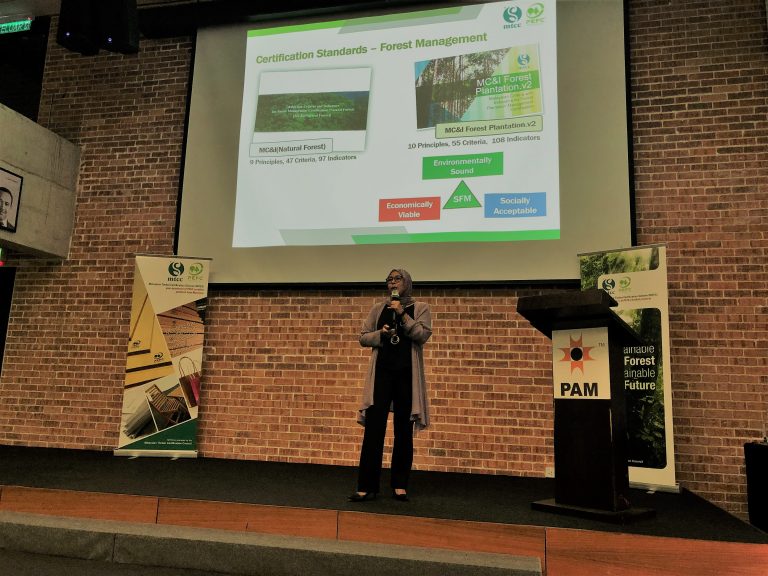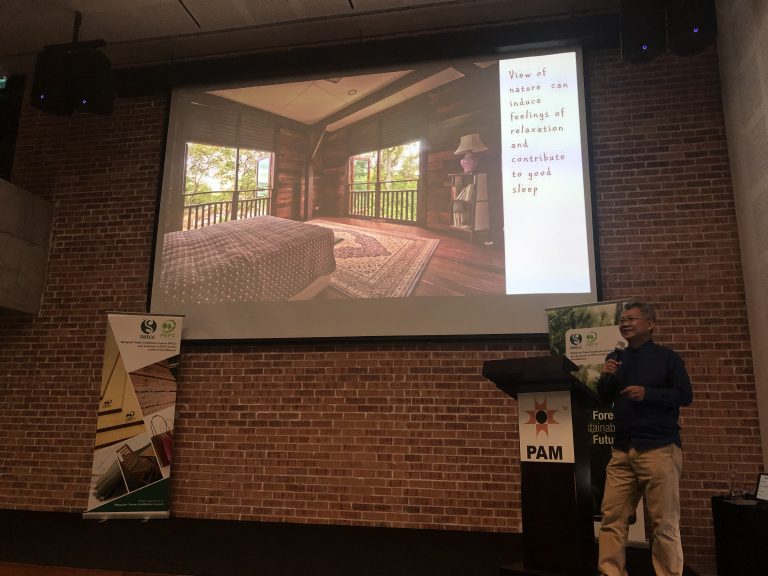The prevailing concern amongst the public on using wood stems mainly from the misconception that using wood would contribute to deforestation and causes adverse impacts on the environment. This is understandable given the increasing level of environmental consciousness, the negative perception associated with timber harvesting or logging, as well as the vital role of forests in mitigating climate change.
Amidst the increasing awareness on the impact of climate change due primarily to carbon emissions and the need for sustainable utilisation of nature’s resources to mitigate the impacts, sustainable management of forests and responsible use of wood products have become important mechanisms to provide solutions to address these concerns.
The general public needs to be informed that wood is our best environmental choice! In fact, wood is a carbon neutral material. Healthy forests are net producers of oxygen through photosynthesis. Growing trees absorb carbon dioxide from the atmosphere. The oxygen is released back into the atmosphere, while the carbon is used by the tree and stored in the wood for the life of the tree and the products made from it. Additionally, natural wood products are among the most energy-efficient to produce, while making products from steel, aluminum, glass, concrete, and brick can require up to 126 times more energy to manufacture. Hence, utilizing timber sourced from sustainably managed forests is the way forward for a sustainable future.
Malaysian Timber Certification Council (MTCC) took this up as a responsibility and sought opportunities to engage with key actors/influencers in promoting the use of wood as a carbon-neutral material and for such material to be produced sustainably.
Believing in the crucial role of architects in specifying the use of wood in designing and constructing building, MTCC in collaboration with a renowned architect, AR Azman Zainal had recently conducted a talk with members of the Malaysian Institute of Architects (PAM) under their Continuing Professional Development programme on how the use of “good wood” inbuilt structures could provide benefits to well-being, society, and the environment.


Following MTCC’s presentation, Ar Azman delivered his presentation titled “Wood For Wellbeing And Wellness” and shared his experience of applying timber in architecture as a structural material rather than a mere external application; explaining that timber makes a better material from a health perspective for personal well-being and wellness while exuding aesthetical beauty. To inject confidence in architects to use more timber, he addressed six challenges of using wood and familiarised the audience of architects with wood-related terms and explained the how-to of specifying timber. He concluded the presentation by showing examples of magnificent timber building structures from around the world, including his own magnificent wooden home situated in Port Dickson.
